| Structure | Name/CAS No. | Articles |
|---|---|---|
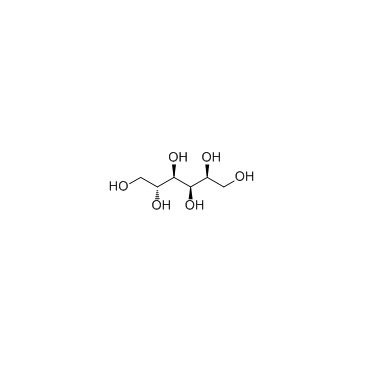 |
Sorbitol
CAS:50-70-4 |
|
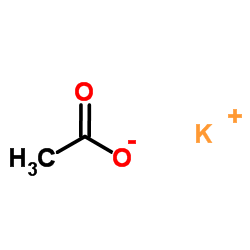 |
Potassium acetate
CAS:127-08-2 |
|
 |
Magnesium acetate
CAS:142-72-3 |
|
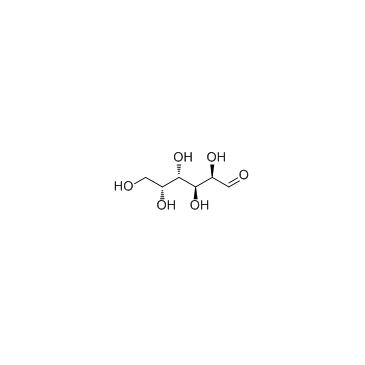 |
D-Galactose
CAS:59-23-4 |
|
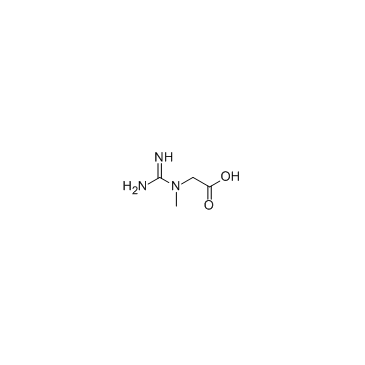 |
Creatine
CAS:57-00-1 |
|
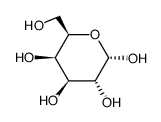 |
galactose
CAS:3646-73-9 |